
7 Trees with Unusual Foliage
to bring originality to the garden!
Contents
Some trees boast unusual foliage that sparks curiosity and wonder! These trees are sometimes well-known to the general public, while others are rarer and lesser-known. Their leaves can surprise us in various ways. Some develop in XXL format, while others take on amusing shapes. Their colour can also impress us, both in spring and autumn. Even more magical, the scent of certain leaves evokes delicious memories. Curious to learn more?! Discover our selection of seven trees with surprising foliage.
The imperial tree or Paulownia tomentosa
Originating from China, the empress tree is a majestic deciduous tree. While it is highly valued for its upright panicles of purple, fragrant flowers, it is also very useful for providing shade in the garden during summer. Indeed, after the spring flowering, it produces large leaves that can reach up to 40-50 cm in diameter! Heart-shaped and silky on the underside, they closely resemble those of the Catalpa, with which it is often confused. The flowers give rise to fruits in the form of ovate capsules containing seeds. These fruits remain visible on the tree throughout winter.
With rapid growth, Paulownia tomentosa reaches about twelve metres in height at maturity. If left unpruned, it is best suited for large spaces in sunny or partially shaded locations. Note that it can be pruned into coppiced shoots, giving it a bushy habit and producing even larger leaves. However, its flowering will be compromised.
- Visit our plant sheet to learn all about the Paulownia, Empress tree: planting, cultivation, and care
- Also discover Paulownia fortunei ‘Fast Blue’ on our site

Paulownia tomentosa
The caramel tree or Cercidiphyllum japonicum
The caramel tree is renowned for its stunning foliage, as well as for the sweet and subtle scent of caramel it releases in autumn when its leaves fall as winter approaches. It is also known as the “cake tree” or “gingerbread tree.” From spring to autumn, Cercidiphyllum japonicum offers us a beautiful display of colour. Initially reddish-pink, the leaves resembling those of the Judas tree gradually turn green in summer, then take on warm hues, yellow, orange, pink, and red in the late season.
To enhance its beautiful colours, it is advisable to grow this deciduous tree in slightly acidic soil. While the typical species generally reaches heights of 12 to 15 m with an upright, conical, yet fairly broad habit, there are now cultivars of more modest size (4 to 6 m tall), such as the Cercidiphyllum japonicum ‘Rotfuchs’ which is even more colourful, or the Cercidiphyllum japonicum ‘Pendulum’ with a weeping habit. In full sun or partial shade, cultivate this splendid and very hardy tree in deep, humus-rich soil that remains slightly moist at all times.
- To learn more about this tree, discover our advice sheet: Caramel tree, Cercidiphyllum: planting, pruning, and maintenance
- Find more caramel trees on our site

The beautiful colours of Cercidiphyllum japonicum
Discover other Trees and large shrubs
View all →Available in 0 sizes
Available in 1 sizes
Available in 1 sizes
Available in 1 sizes
Available in 1 sizes
Available in 1 sizes
Available in 1 sizes
Available in 1 sizes
Available in 2 sizes
Available in 1 sizes
The false acacia 'Twisty Baby' or Robinia pseudoacacia 'Twisty Baby'
The false acacia ‘Twisty Baby’, ideal for small gardens, is a variety with an original shape. Its trunk bears slender twisted branches of a reddish-brown colour. These are dressed with pendulous leaves of medium green, greyish on the underside, which curl in on themselves. This frizzy foliage gives a surprising look to this small tree. This particular shape sometimes gives the impression that the tree is being attacked by sucking insects, which, by feeding on sap, cause the leaves to curl. But no, this phenomenon is quite normal for Robinia pseudoacacia ‘Twisty Baby’, which is doing very well. In autumn, this deciduous tree then takes on a beautiful yellow colour. In winter, it remains very decorative thanks to its strongly spiralled branches. In May, the spring flowering is rather rare and occurs on older specimens. The few pendulous clusters of white flowers are, however, pleasantly fragrant and melliferous. Afterwards, a few flat pods form and remain in place throughout the winter.
Also known as “twisted dwarf acacia”, this small-growing robinia (about 4 m in height and 3 m in spread) has a rapid growth rate. With age, its branches eventually droop slightly. The Robinia pseudoacacia ‘Twisty Baby ® Lace Lady’ is easy to grow in full sun, sheltered from strong winds, in perfectly drained soil. You could, for example, highlight it as a specimen in a Japanese-style garden.
- To learn everything and grow it well in the garden, discover our advice sheet: Robinia, False acacia: plant, prune and maintain
- Find our entire range of robinias on our site
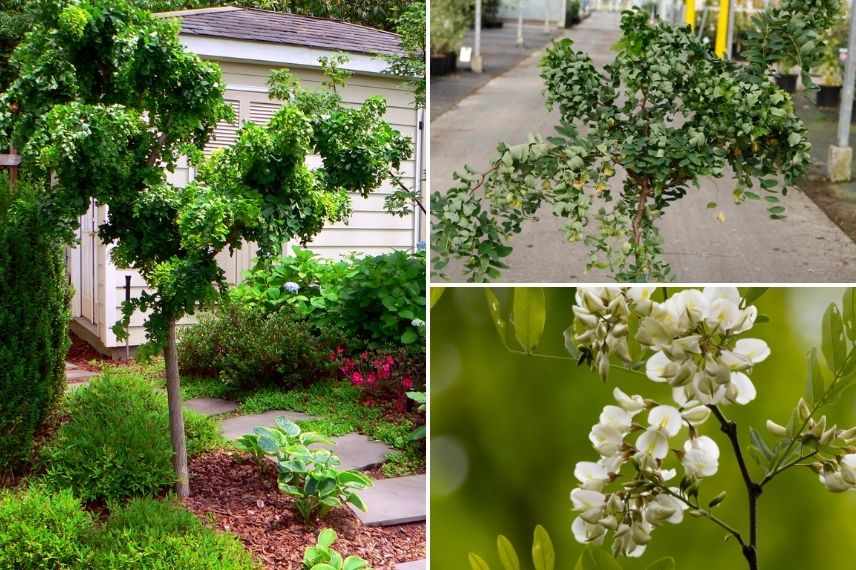
Robinia pseudoacacia ‘Twisty Baby’ (photo by Thomas Wolff – Flickr)
Read also
Twisted trees and shrubsThe tulip tree or Liriodendron tulipifera
Deciduous tree, the tulip tree features uniquely shaped and characteristic leaves of the Liriodendron. Well-symmetrical, its four-lobed leaves (the leaves are quadrilobate) resemble a cat’s head! Initially tinted with a beautiful light green in spring and summer, they turn a stunning yellow-orange in autumn. The Liriodendron tulipifera is also recognised by its summer flowering. Its lightly scented flowers resemble those of the tulip, which explains the name of this tree. Its yellow inflorescences with an orange centre and upright stamens only appear on specimens at least ten years old.
This large tree, reaching around twenty metres at maturity, is ideal as a specimen in a large garden or park, planted in rich, slightly moist, acidic or neutral soil.
- Discover our sheet to learn all about the tulip tree, Liriodendron: planting, care
- Find our entire range of tulip trees on our site

Flowers and leaves of the Liriodendron tulipifera
Chinese mahogany 'Flamingo' or Toona sinensis 'Flamingo'
The Toona sinensis ‘Flamingo’ is a tree with a narrow, fastigiate habit boasting stunning pink foliage in spring! Its long pinnate leaves with garnet-red petioles change colour throughout the seasons. Initially, the young shoots are shrimp pink in spring. Then, the leaves transition to cream white and glossy green in summer, finishing with a coppery yellow in late season. The shape of this deciduous foliage closely resembles that of the tree of heaven. Completely naked in winter, it reveals grey, fissured bark, with a resinous scent reminiscent of cedar. Its flowering in May-June, however, is rather discreet.
The Chinese mahogany ‘Flamingo’ grows quickly to reach a height of about 10 m. Although it can withstand short periods of frost down to -10/-15°C at maturity, it is best planted in a mild climate, where winters are relatively gentle and summers adequately watered. This magnificent tree thrives in full sun, sheltered from cold winds, in fertile, well-drained soil that does not dry out too much.
→ Learn more in our complete guide Toona sinensis, Chinese Mahogany: Planting and Growing
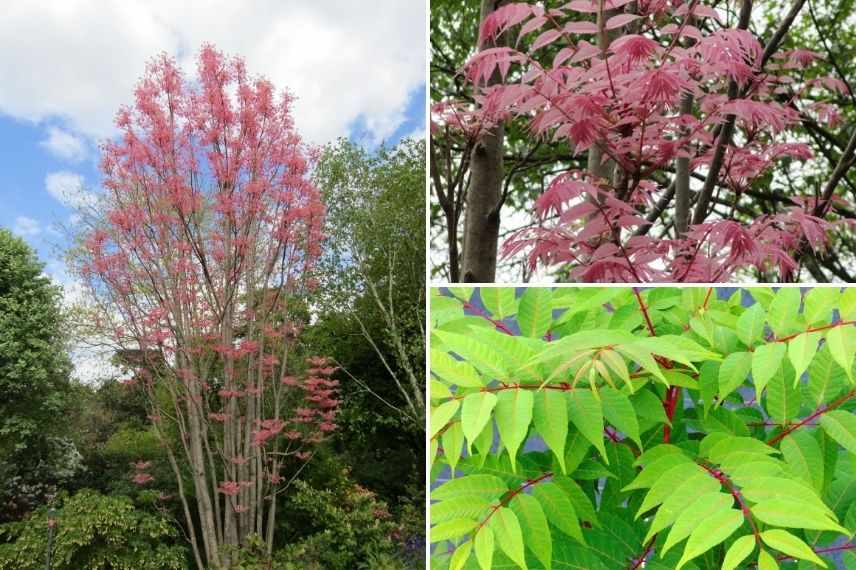
Toona sinensis ‘Flamingo’ (photos Leonara Enking – Flickr)
Iroquois laurel or Sassafras albidum
Among the trees with unusual foliage, we can mention the Iroquois laurel. This deciduous tree of North American origin reveals its beauty during the autumn season. It has oval or lobed leaves that closely resemble the foliage of the fig tree. Initially green, the sassafras turns saffron yellow, then deep pink, and finally orange-red! This large tree offers us a stunning display of warm tones! Sassafras albidum, known as common sassafras, also emits a spicy fragrance. Its bark begins to crack at the age of 2 to 3 years. It thickens, darkens, and reddens over time. Its timid flowering produces small drupes (fruits) on female specimens. Showing rapid growth and slightly suckering, Sassafras albidum adopts a spreading and bushy habit that can reach 10 m in height and 5 m in spread.
The Iroquois laurel should be planted in preferably acidic and moist soil, in a sunny or partially shaded location. However, be aware that the substances present in its roots can disrupt the growth of plants cultivated nearby.
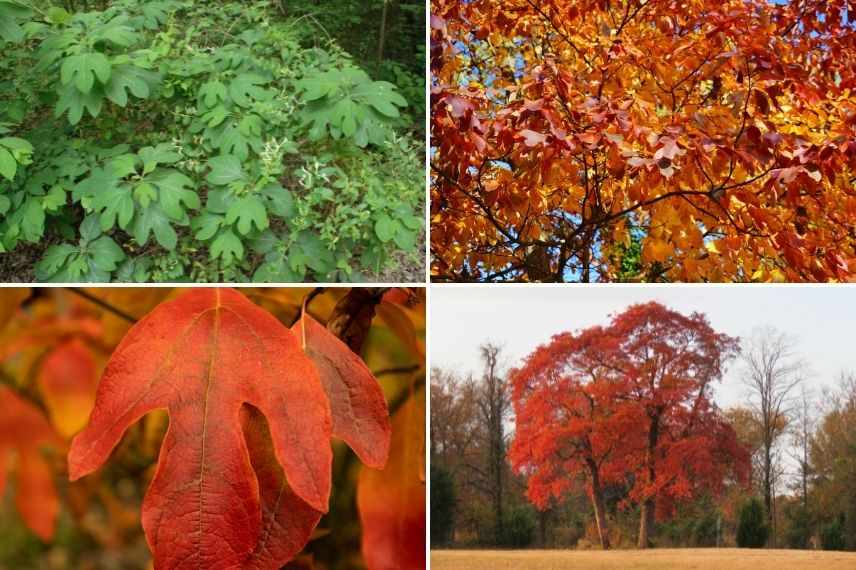
Sassafras albidum (photo top left Kat Fries)
The tree of forty crowns or Ginkgo biloba
Recognised for its resilience and longevity (it can live for up to 1000 years), Ginkgo biloba is also renowned for its foliage. Indeed, its numerous fan-shaped leaves, tinted a vibrant green in spring and summer, turn a magnificent golden yellow in autumn! And when it sheds its deciduous foliage as winter approaches, a grand carpet of gold spreads at its base, adding a poetic touch to the decor. This grand tree does not go unnoticed! Its fascinating silhouette can reach up to 30 m in height and spread over 9 m in diameter. However, the fruits (toxic) produced by female ginkgos in autumn, resembling mirabelles, emit a foul odour! Despite this, the tree of forty crowns remains a remarkable tree.
The Ginkgo biloba is used as a specimen in large gardens, but also as a backdrop in borders or in pots for dwarf or fastigiate cultivars. Pollution poses no problem for it, so it can be grown in urban areas. Very hardy, this majestic tree requires only a sunny position, light, well-drained soil, slightly moist but not excessive, and preferably alkaline.
- Check out our range of ginkgos available on our site
- Find all the information on this essential tree in our sheet: Ginkgo biloba, tree of forty crowns: planting, care and uses
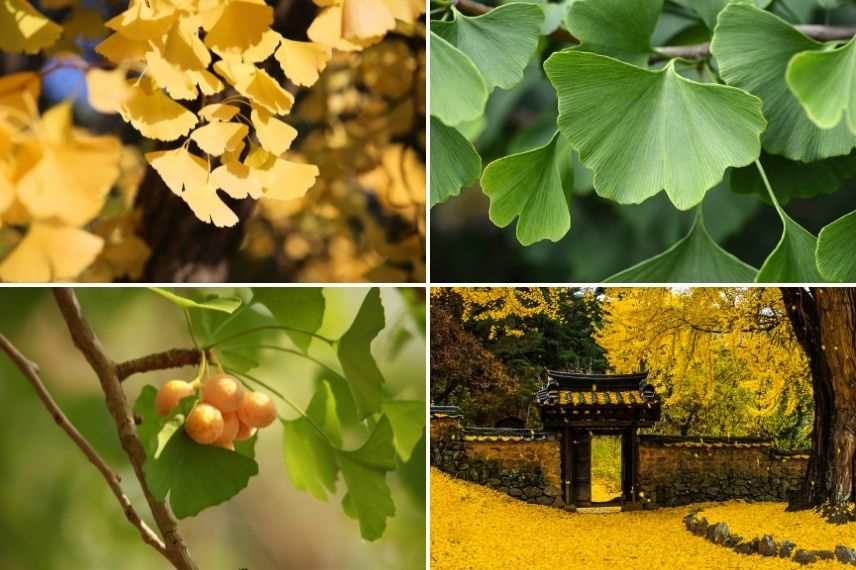
Ginkgo biloba
- Subscribe!
- Contents

































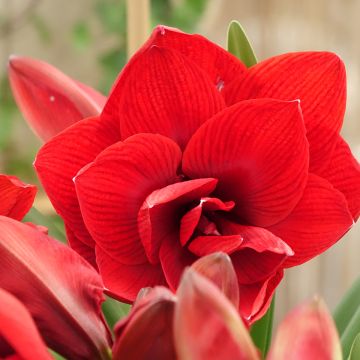



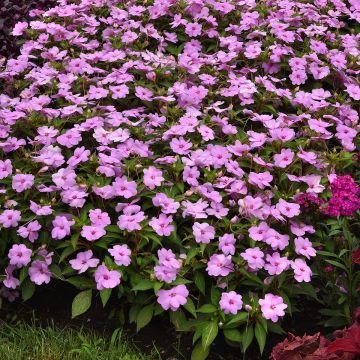
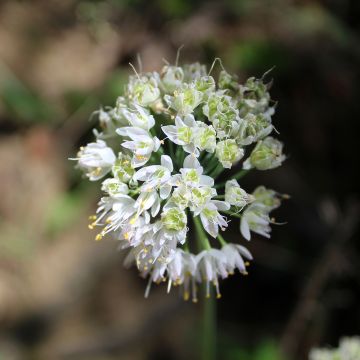
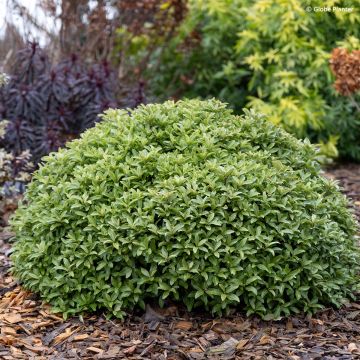
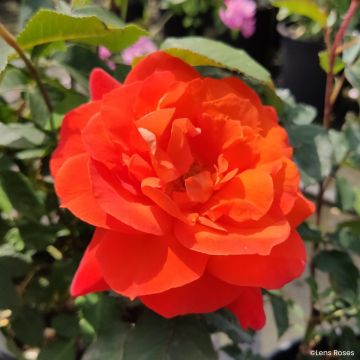

Comments